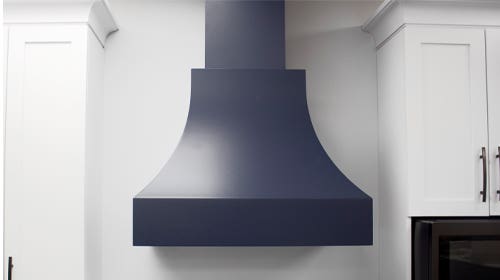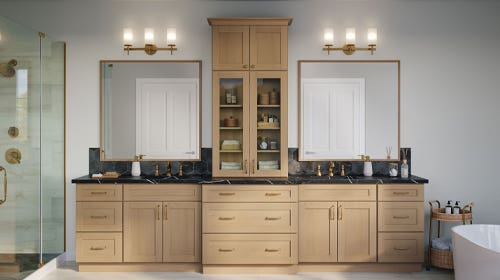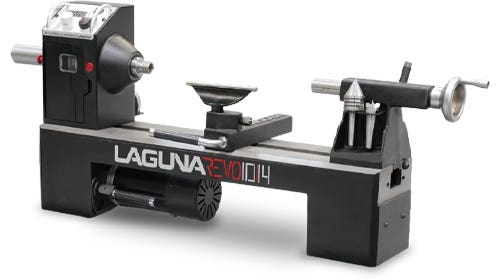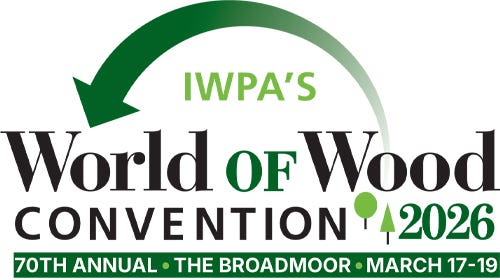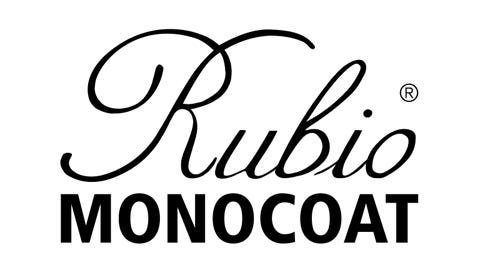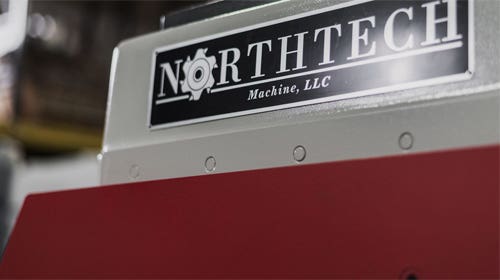The bottom falls out on poplar sales
A year ago, retail and wholesale dealers were enthusiastic about the amount of poplar they were selling, with its escalating prices and their higher profit margin. Now it’s pretty much…
A year ago, retail and wholesale dealers were enthusiastic about the amount of poplar they were selling, with its escalating prices and their higher profit margin. Now it's pretty much a dead wood.
"You couldn't give it away," says Brad Stewart of Chipmunk Hardwoods in Edgewater, Fla. "In Florida, this market is absolutely horrible for domestics. I've had no interest in poplar, no interest in red oak. I just had a couple of huge orders in white oak, but it is just slow."
"We've seen the prices come back down," says Steve Wall, owner of Steve Wall Lumber in Mayodan, N.C. "It was a little bit hot several months ago, but the wholesale price has dropped on it. There are some good buys out there on poplar. We sell most of it as a secondary wood or a paint-grade wood."
Yellow poplar (Liriodendron tulipifera) is usually referred to simply as poplar and is also known as tulip tree and tulip poplar. It grows from southern New England to Florida and west to Missouri and is the state tree of Indiana, Kentucky and Tennessee. Trees reach heights of 100'-150' and are often free of limbs up to 75'. Trunk diameters of 8' are common. Poplar is a fast grower and, for a hardwood, is soft and lightweight with a specific gravity of .42.
The overwhelming attribute of poplar is that it takes paint extremely well. It is used extensively as a secondary wood and for all types of cabinetry, paint-grade doors, frames and trim, sashes, boxes, crates, baskets and shipping pallets. Poplar's sapwood is narrow and creamy-white; the heartwood is yellow to brown to greenish-brown. The wood's grain is straight with a fine-to-medium texture and poplar has very few knots. The wood can be stained to resemble walnut or cherry and it dries rapidly and glues well, but doesn't hold nails particularly well.
Retail prices for 100 bf of kiln-dried, 4/4 FAS yellow poplar, surfaced on two sides, ranged from $2.20 to $2.50/bf in the Northeast;$2.10 to $2.60/bf in the Southeast; $1.95 to $2.35/bf in the Midwest; and $2.35/bf to $2.80/bf in the West.
— Brian Caldwell


